Hidden gem in Ikebukuro sells unique flavours of nikuman you’d never find in a convenience store.
Chinese
Colorful costumes and elegant poses guide passengers through safety instructions with remarkable style and finesse.
Chinese swimmer Fu Yuanhui has won herself plenty of new fans from around the globe with her delightfully candid interview at the Rio Olympics.
A new Chinese commercial features claims of an electric fan that generates an air pocket of wind that feels like a pair of breasts. Ingenious invention or just marketing?
Dayside Productions is about to drop a hot new release that Zelda fans never knew they wanted.
The various related but often unintelligible Chinese language varieties collectively have 1.2 billion first-language speakers. Of those varieties, Mandarin, also known as Standard Chinese or Putonghua, has 848 million native speakers, which is higher than any other language on Earth. It’s no wonder that more and more people around the world are seeing the practicality of learning Chinese as a second language.
However, learning a second language takes time and effort, especially if the intrinsic features of your target language differ significantly from those of your native language. A recent YouTube video titled “Foreigners’ Difficulties of Learning Chinese” explores this exact scenario by asking four Westerners about their own experiences studying the language.
Whether you’ve already dabbled in Chinese yourself or are thinking about it, the short clip makes for an interesting watch for anyone looking to expand their linguistic horizons.
After a controversial Halloween stunt landed them in some hot water, Shanghai prankster group Monkey Kingz is back and at it again–and this time, with a decidedly less-gory theme.
Their latest video is titled “Single Chinese Guy vs Single White Guy,” which pokes fun at the predicaments of two available guys, one Chinese and one white, on Singles’ Day in China. In a hilarious sequence of short clips, the two men try busting out all the moves to win over a girl using exceptionally different tactics. Will they find true love, or will they be forced to spend Singles’ Day wallowing in total rejection? Watch the video and see the funny progression of events for yourself!
With their complex writing systems, getting around in Japan or China can be stressful for even the most seasoned of tourists. Sure, you could carry a travel dictionary in your pocket while you go sightseeing, but how are you supposed to look up all those funny looking sticks and squiggles when you don’t even know how to pronounce them? Often the locals try to be helpful by providing an English translation, but there are reasons why that doesn’t always work out. If only there was a way to just wave your magic smartphone over some unintelligible text and have it provide a reliable translation on the spot. Well, as we discovered over at Shanghai List, there’s an app for that.
We’ve all seen a strange work of public art at some point while traveling–you know, that piece that makes you scratch your head and look at it upside-down to try to figure out just what the heck is going on. Fortunately for the residents of San Francisco, they have their very own bizarre–and ginormous–piece of public art to contemplate whenever they feel like it.
Japanese internet users recently stumbled across photos of this particular sculpture created by Chinese artist Zhang Huan and were quick to comment on its unique appearance. One fan even decided that it resembled nothing other than the final boss of a video game. While we’re pretty sure that’s not the interpretation that the artist was going for, the fan’s cleverly manipulated photo still gave us a chuckle.
The Chinese language is widely regarded as one of the most difficult languages to learn.
There are more than 80,000 Chinese characters in existence, although a non-native speaker can get by with 1,000 of the most frequently used.
To make matters more complicated, the characters that make up each word or phrase individually carry different meanings based on the context in which they’re used. For example, the Chinese character 吃 could mean “eat,” “drink,” “bear,” or “take,” depending on the phrase that surrounds it.
As hard as the language is, it can also be incredibly poetic when translated character by character into English, and sometimes hilarious.
Everyone loves a good tongue twister, especially when getting to grips with a new language. I’ve had fun being challenged by Japanese coworkers at drinking parties to get my mouth around phrases like basu gasu bakuhatsu (“the bus gas explodes”) five times in a row, or aka-makigami ao-makigami ki-makigami (“red paper roll, blue paper roll, yellow paper roll”) on many occasions, but this Chinese tongue twister blows them all out of the water.
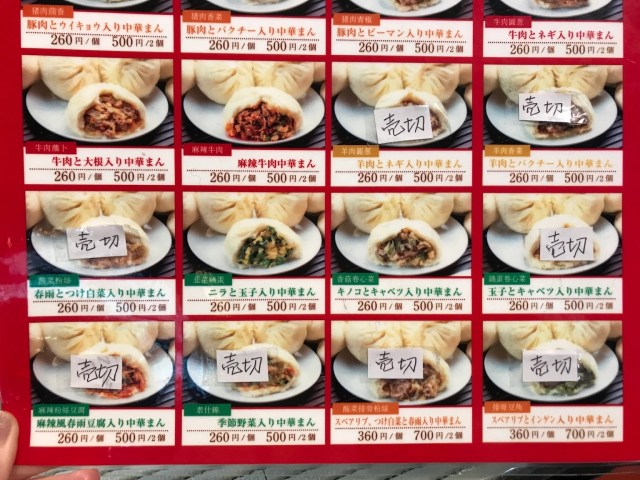

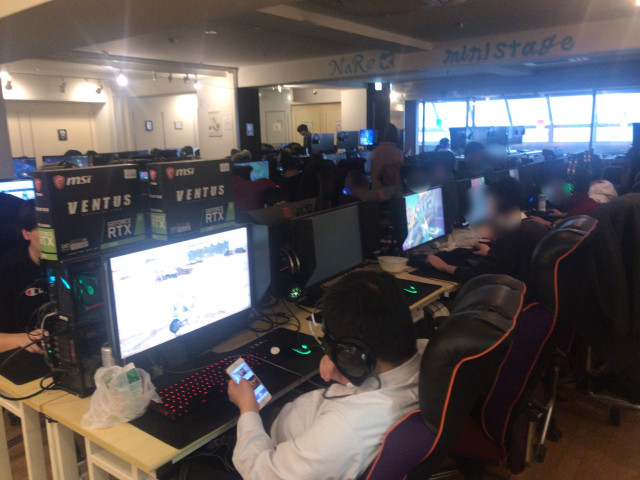


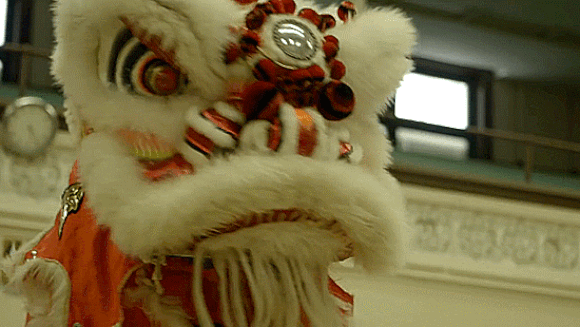
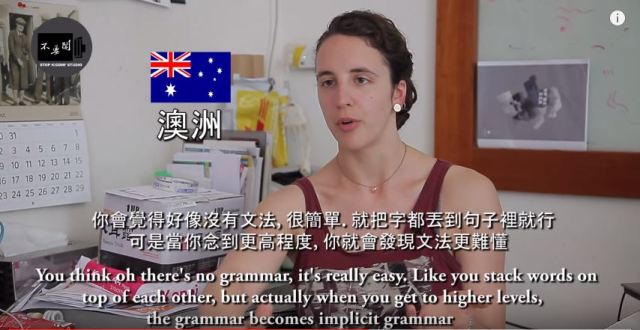

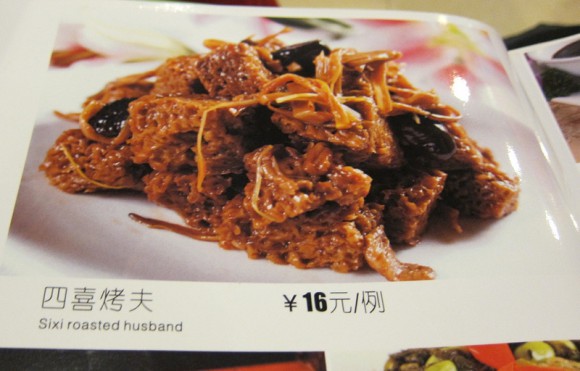
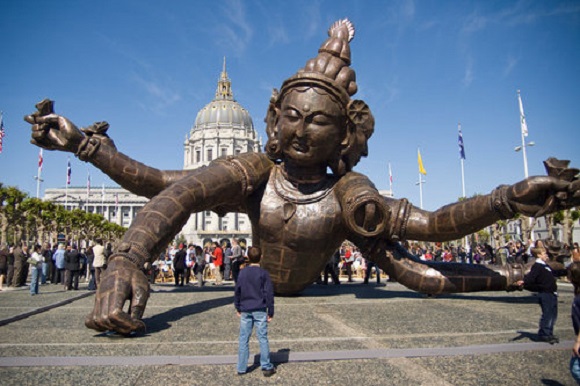
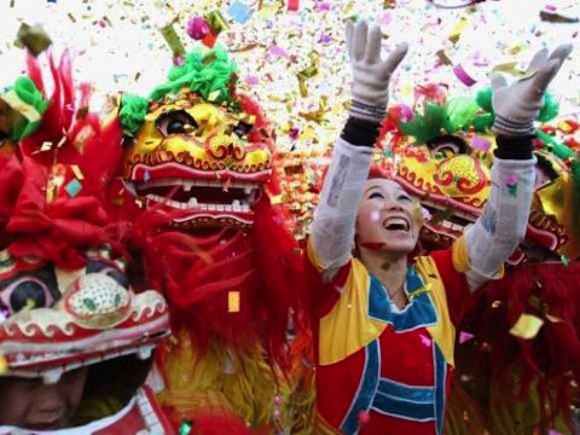
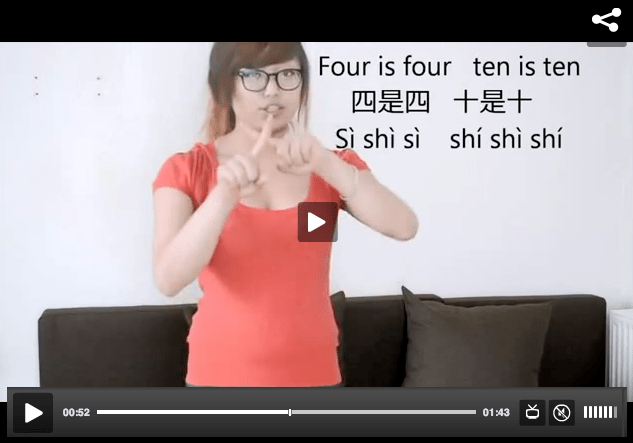
 Private booths are coming to Japan’s Shinkansen bullet trains even sooner than we’d thought【Video】
Private booths are coming to Japan’s Shinkansen bullet trains even sooner than we’d thought【Video】 The Purple Lucky Bag from Village Vanguard is an extra-large waste of money
The Purple Lucky Bag from Village Vanguard is an extra-large waste of money Japanese beef bowl chain Sukiya’s 2026 Smile Box lucky bag basically pays for itself
Japanese beef bowl chain Sukiya’s 2026 Smile Box lucky bag basically pays for itself Dragon Quest Burgers and Slime drinks are coming to McDonald’s Japan【Video】
Dragon Quest Burgers and Slime drinks are coming to McDonald’s Japan【Video】 Harajuku’s new permanent Tamagotchi shop is filled with cuteness and a surprising lack of poop
Harajuku’s new permanent Tamagotchi shop is filled with cuteness and a surprising lack of poop Majority of Japanese mayors say foreign residents are essential but most see good and bad effects
Majority of Japanese mayors say foreign residents are essential but most see good and bad effects Nephew receives SD card after his uncle passes away, finds treasure trove of gems from the past
Nephew receives SD card after his uncle passes away, finds treasure trove of gems from the past New Japanese menstrual product seeks to help women spot unidentified iron deficiencies
New Japanese menstrual product seeks to help women spot unidentified iron deficiencies Brand-new Pokémon park opens in Japan with larger-than-life-size Lapras【Photos】
Brand-new Pokémon park opens in Japan with larger-than-life-size Lapras【Photos】 Our top 3 cafes in Azabudai Hills, Tokyo’s newest and possibly swankiest shopping complex
Our top 3 cafes in Azabudai Hills, Tokyo’s newest and possibly swankiest shopping complex Starbucks Japan ready to get Year of the Horse started with adorable drinkware and plushies【Pics】
Starbucks Japan ready to get Year of the Horse started with adorable drinkware and plushies【Pics】 Hayao Miyazaki says Happy New Year to Studio Ghibli fans with new art for Year of the Horse
Hayao Miyazaki says Happy New Year to Studio Ghibli fans with new art for Year of the Horse We found possibly the quietest Japanese-style hotel in Tokyo’s bustling Shinjuku district
We found possibly the quietest Japanese-style hotel in Tokyo’s bustling Shinjuku district Cup Noodle tries an authentic Jiro-style ramen, but something’s not quite right
Cup Noodle tries an authentic Jiro-style ramen, but something’s not quite right The best Starbucks Japan Frappuccinos we want to drink again in 2026
The best Starbucks Japan Frappuccinos we want to drink again in 2026 We revisited Sweets Paradise after a decade to see if Japan’s dessert buffet still delivers
We revisited Sweets Paradise after a decade to see if Japan’s dessert buffet still delivers That time Seiji called JASRAC to ask why he didn’t get paid royalties for his song being on TV
That time Seiji called JASRAC to ask why he didn’t get paid royalties for his song being on TV Japan’s oldest largetooth sawfish in captivity back on display in Mie Prefecture
Japan’s oldest largetooth sawfish in captivity back on display in Mie Prefecture Pizza Hut Japan’s hot lucky bags are perfect for a New Year’s pizza party
Pizza Hut Japan’s hot lucky bags are perfect for a New Year’s pizza party 7-Eleven Japan starts new temporary luggage storage service in over 300 branches
7-Eleven Japan starts new temporary luggage storage service in over 300 branches Disillusionment at Tsukiji’s tourist-target prices led us to a great ramen restaurant in Tokyo
Disillusionment at Tsukiji’s tourist-target prices led us to a great ramen restaurant in Tokyo Starbucks teams up with 166-year-old Kyoto doll maker for Year of the Horse decorations【Photos】
Starbucks teams up with 166-year-old Kyoto doll maker for Year of the Horse decorations【Photos】 Tokyo considering law requiring more trash cans following litter increase in heavily touristed area
Tokyo considering law requiring more trash cans following litter increase in heavily touristed area Tokyo’s Tsukiji sushi neighborhood asks tour groups to stay away for the rest of the month
Tokyo’s Tsukiji sushi neighborhood asks tour groups to stay away for the rest of the month Tokyo event lets you travel back in time, for free, to celebrate 100 years since Showa era start
Tokyo event lets you travel back in time, for free, to celebrate 100 years since Showa era start Japan may add Japanese language proficiency, lifestyle classes to permanent foreign resident requirements
Japan may add Japanese language proficiency, lifestyle classes to permanent foreign resident requirements Sanrio theme park in Japan announces plans to expand into a Sanrio resort
Sanrio theme park in Japan announces plans to expand into a Sanrio resort Stamina-destroying “Paralysis Noodles” are Tokyo’s newest over-the-top ramen innovation
Stamina-destroying “Paralysis Noodles” are Tokyo’s newest over-the-top ramen innovation Survey asks foreign tourists what bothered them in Japan, more than half gave same answer
Survey asks foreign tourists what bothered them in Japan, more than half gave same answer Japan’s human washing machines will go on sale to general public, demos to be held in Tokyo
Japan’s human washing machines will go on sale to general public, demos to be held in Tokyo Japan’s deadliest food claims more victims, but why do people keep eating it for New Year’s?
Japan’s deadliest food claims more victims, but why do people keep eating it for New Year’s? We deeply regret going into this tunnel on our walk in the mountains of Japan
We deeply regret going into this tunnel on our walk in the mountains of Japan Studio Ghibli releases Kodama forest spirits from Princess Mononoke to light up your home
Studio Ghibli releases Kodama forest spirits from Princess Mononoke to light up your home Major Japanese hotel chain says reservations via overseas booking sites may not be valid
Major Japanese hotel chain says reservations via overseas booking sites may not be valid Put sesame oil in your coffee? Japanese maker says it’s the best way to start your day【Taste test】
Put sesame oil in your coffee? Japanese maker says it’s the best way to start your day【Taste test】 No more using real katana for tourism activities, Japan’s National Police Agency says
No more using real katana for tourism activities, Japan’s National Police Agency says Starbucks Japan reveals new sakura drinkware collection, inspired by evening cherry blossoms
Starbucks Japan reveals new sakura drinkware collection, inspired by evening cherry blossoms Updated cherry blossom forecast shows extra-long sakura season for Japan this year
Updated cherry blossom forecast shows extra-long sakura season for Japan this year Majority of Japanese mayors say foreign residents are essential but most see good and bad effects
Majority of Japanese mayors say foreign residents are essential but most see good and bad effects Nephew receives SD card after his uncle passes away, finds treasure trove of gems from the past
Nephew receives SD card after his uncle passes away, finds treasure trove of gems from the past New Japanese menstrual product seeks to help women spot unidentified iron deficiencies
New Japanese menstrual product seeks to help women spot unidentified iron deficiencies Brand-new Pokémon park opens in Japan with larger-than-life-size Lapras【Photos】
Brand-new Pokémon park opens in Japan with larger-than-life-size Lapras【Photos】 Our top 3 cafes in Azabudai Hills, Tokyo’s newest and possibly swankiest shopping complex
Our top 3 cafes in Azabudai Hills, Tokyo’s newest and possibly swankiest shopping complex Studio Ghibli releases Kodama forest spirits from Princess Mononoke to light up your home
Studio Ghibli releases Kodama forest spirits from Princess Mononoke to light up your home What Hayao Miyazaki’s Mei would look like if Studio Ghibli released My Neighbor Totoro in 3-D
What Hayao Miyazaki’s Mei would look like if Studio Ghibli released My Neighbor Totoro in 3-D Four Shinto shrines to pray for love at in Japan to start the New Year
Four Shinto shrines to pray for love at in Japan to start the New Year Record number of foreign children in Japan need help understanding Japanese in school
Record number of foreign children in Japan need help understanding Japanese in school Village Vanguard possibly tops its own record for most useless junk in a lucky bag this year
Village Vanguard possibly tops its own record for most useless junk in a lucky bag this year Japan’s new “painful sadness” snacks are a deliciously mysterious linguistics lesson【Taste test】
Japan’s new “painful sadness” snacks are a deliciously mysterious linguistics lesson【Taste test】 Rakuten randomly offers 58 New Year’s osechi feasts in Japan, but did we get a star or a dud?
Rakuten randomly offers 58 New Year’s osechi feasts in Japan, but did we get a star or a dud? Tokyo fish market breaks New Year auction record as single fish sells for over 5 million yen【Vid】
Tokyo fish market breaks New Year auction record as single fish sells for over 5 million yen【Vid】